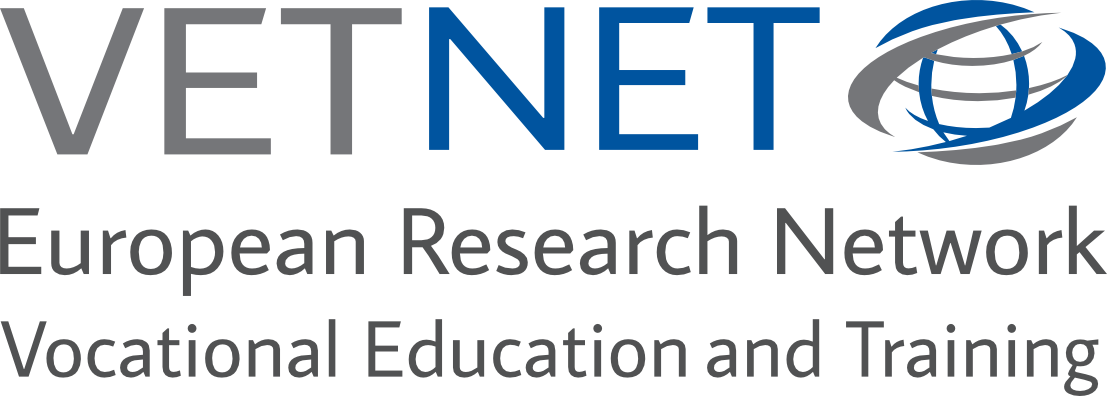The Role of Vocational Education and Training in the Integration of Refugees in Austria, Denmark and Germany
DOI:
https://doi.org/10.13152/IJRVET.8.3.2Keywords:
Refugees, Social Inclusion, Education and Training System, Apprenticeship, Full-Time VET Schooling, VET, Vocational Education and TrainingAbstract
Context: Vocational education and training (VET) plays a crucial role in the social inclusion of refugees. The aim of this paper is to examine how the VET systems of Austria, Denmark and Germany responded to the arrival of young refugees since 2015. VET in these countries are all categorised as systems of collective skill formation, which offer apprenticeships in addition to school-based training. The article examines and juxtaposes the legal rights, the actual opportunities and the barriers to refugees’ participation in and completion of VET at upper secondary level in the three selected countries.
Methods: The study is based on reviews of literature and an analysis of refugee policies in the three countries. The literature search used a snowballing strategy and included policy documents, research publications and grey literature from organisations of civil society. The literature review employed a narrative, issue-focused approach to explore and compare key categories relating to the research question. To elaborate, refine and structure the categories for each of the three countries we used an input-process-output model (Adams, 1993) and a combination of deductive and inductive analysis procedure.
Findings: The findings of the study are divided into six categories that structure the analysis: admission requirements, validation of prior learning, vocational guidance, language training, social support measures and access to apprenticeships. The analysis finds that both asylum seekers and recognised refugees have more opportunities in Germany than in the other two countries regarding the key categories. The findings show no major differences in the position of the social partners in the three countries in relation to refugees’ participation in VET, however the national governments reacted differently to the influx of refugees. In Austria and Denmark, new governments with strong anti-immigration agendas took office and reduced the access to and participation in VET for asylum seekers and refugees. At the same time, the German government introduced various integration measures for refugees in cooperation with employers with the aim of making VET more accessible to refugees.
Conclusion: To access and complete VET, refugees depend on supporting measures to overcome a variety of barriers, e.g. regarding language training and access to apprenticeships. Overall, reforms in Germany demonstrate promising initiatives to overcome the barriers to the integration of refugees in VET, while reforms in Austria and Denmark have limited refugees’ opportunities to access and complete VET.
Downloads
Online First / Final Publication Date
How to Cite
Issue
Section
URN
License
Copyright (c) 2021 Christian Helms Jørgensen, Hannes Hautz, Junmin Li

This work is licensed under a Creative Commons Attribution-NonCommercial-NoDerivatives 4.0 International License.





